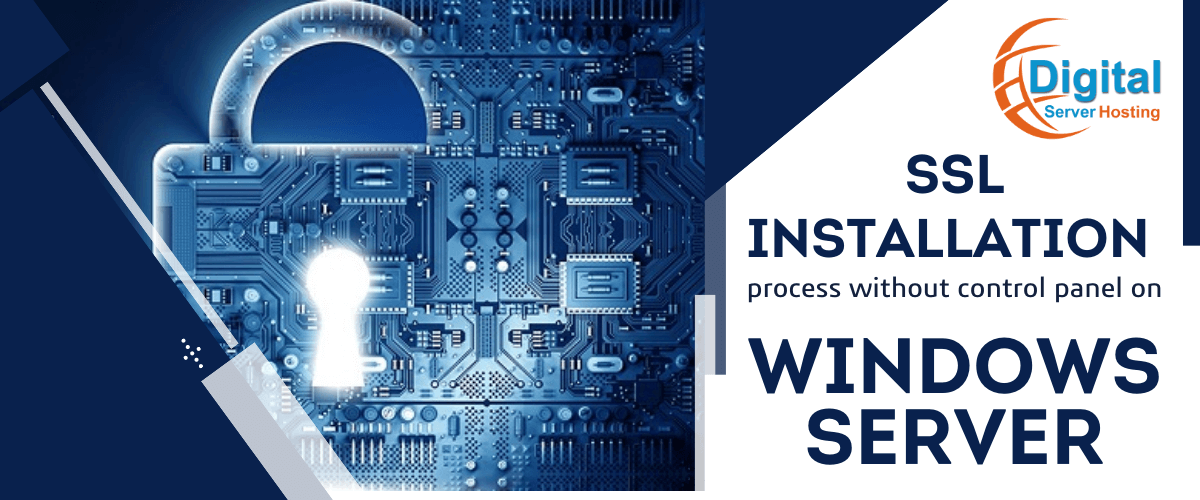
Securing your website with an SSL (Secure Sockets Layer) certificate is crucial for protecting sensitive information and building trust with your visitors. While many SSL installation processes require a control panel, this blog will guide you through the steps of installing an SSL certificate on a Windows server without relying on a control panel.
Steps Of Installing An SSL Certificate Without Control Panel On A Windows Server
To initiate the SSL installation process, you need to generate a CSR, which contains information about your website and server. This can be done using tools like OpenSSL or the Windows Server Certificate Manager. For a stepwise process, you can check our blog on How to Generate a Certificate Signing Request (CSR) in Windows Server. This can simplify the process of generating a CSR(Certificate Signing Request).
After generating the CSR, you need to prove ownership of the domain you wish to secure. This typically involves following specific verification steps provided by the SSL certificate provider, such as confirming domain ownership via email or adding a specific DNS record. You can find all steps of How to create .well-known directory for SSL Domain authentication here. Check this to finish your domain authentication work easily.
Once the SSL certificate is issued by the certificate authority (CA), you need to install it on your Windows server. This can be done through the Windows Server Certificate Manager or by manually importing the certificate into the server's certificate store. Find all steps here in our How to install SSL certificate in Windows | Step-by-Step blog. It is easy to follow and install an SSL certificate in Windows with the steps mentioned there.
After the certificate is installed, you need to associate it with the specific website or web application you want to secure. This can be achieved by binding the SSL certificate to the corresponding website in Internet Information Services (IIS). To finish this process successfully, you can check the steps of Binding an SSL certificate to a website in Windows. With this easy guide, you can bind and associate it with the specific website or web application you want to secure easily.
To ensure all traffic is encrypted, it is essential to redirect HTTP requests to HTTPS. This can be accomplished by configuring the website or using URL rewrite rules in IIS. Check here How to redirect your website HTTP to HTTPS on a Windows server. Proper redirection helps maintain a secure browsing experience for your users.
Conclusion:
While a control panel can simplify the SSL installation process on a Windows server, it is not always available or preferred. By following the steps outlined in this blog, you can successfully install an SSL certificate without relying on a control panel. Remember to generate a CSR, complete domain authentication, install the certificate, associate it with your website, and enable HTTP to HTTPS redirection. By doing so, you'll enhance the security of your website and provide a safer browsing experience for your visitors.